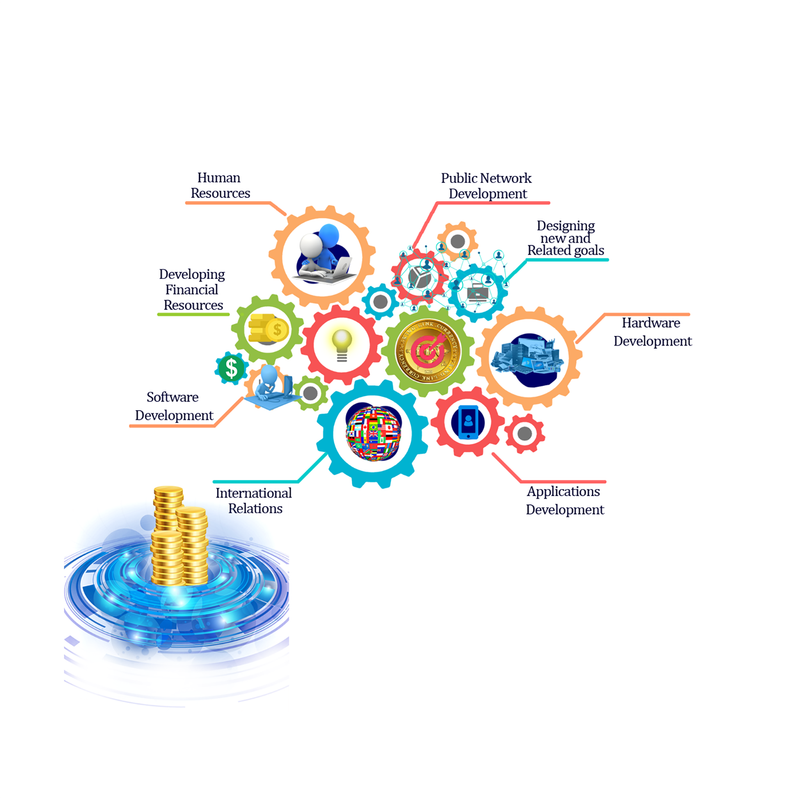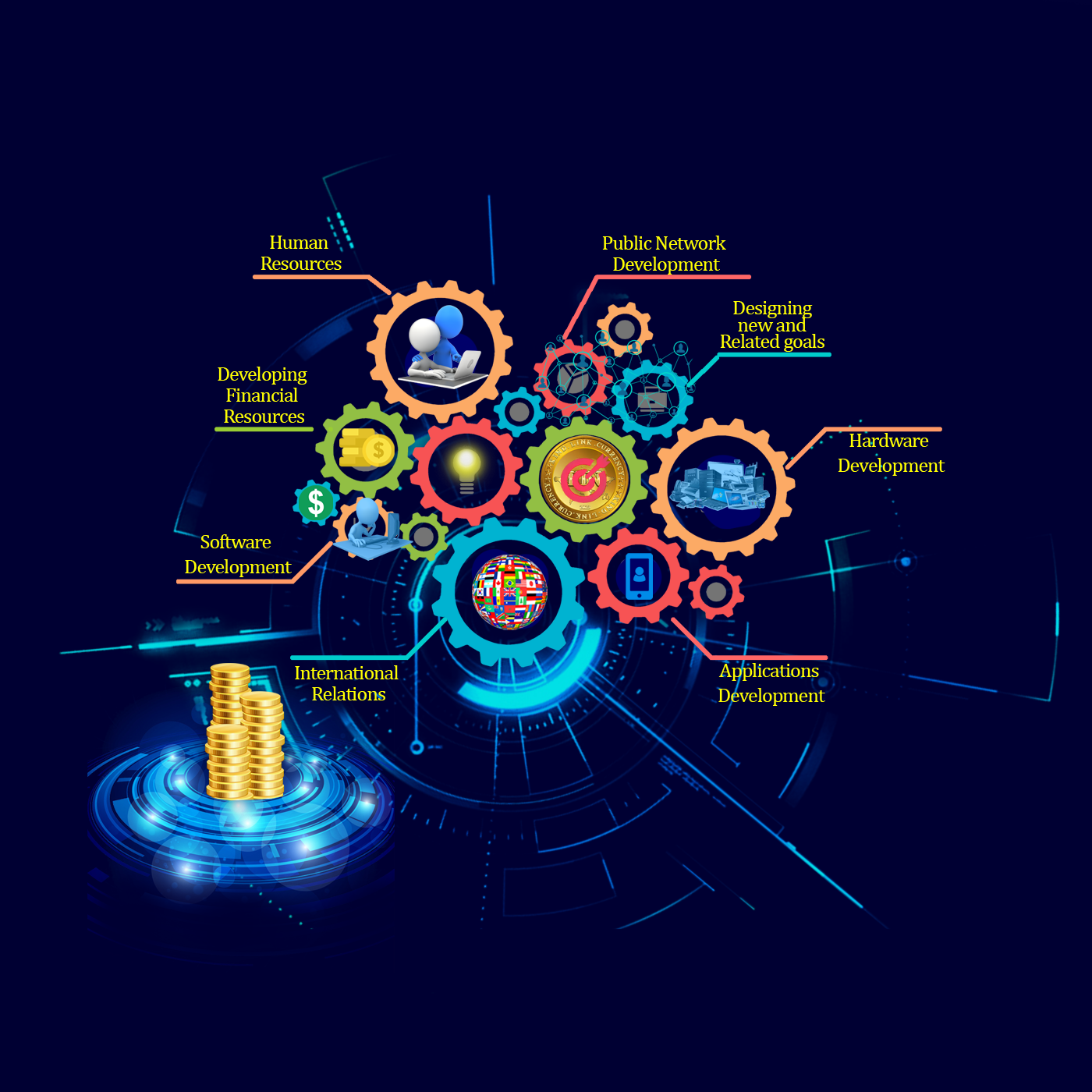PROJECT STRUCTURES


When it comes to designing a token-based project, there are many different structures and dimensions to consider. These can include:
1. Main platform: The core platform that enables the creation, issuance, and exchange of tokens. This can be built on a variety of blockchain networks, such as Ethereum, Bitcoin, or a custom blockchain.
2. Blockchain network: The underlying blockchain network that supports the platform. This can include the technical infrastructure, such as nodes, miners, and validators, as well as the consensus mechanism that governs the network.
3. Managers and advisors: The team responsible for managing and advising the project. This can include project managers, business advisors, legal advisors, and technical advisors.
4. Organizational charts: The hierarchical structure of the project team, including roles and responsibilities, reporting lines, and decision-making processes.
5. Finance: The financial structure of the project, including funding sources, budgeting, accounting, and auditing.
6. Administration: The administrative functions of the project, such as HR, legal compliance, and regulatory compliance.
7. social media: The social media platforms used to promote the project and engage with the community, include Twitter, Telegram, Discord, and Reddit.
8. Users: The end-users of the platform, who interact with the platform to perform transactions and use its features.
9. Branches: The geographical or functional branches of the project, which may have separate teams and operations in different locations or for different functions.
Each of these dimensions requires careful planning and execution to ensure the success of the project. By considering each of these elements and how they interact with each other, project teams can create a comprehensive and effective structure for their token-based project.
What is the role of the community in a token-based project?
Community is a crucial element of any token-based project. The community consists of users, developers, investors, and other stakeholders who are interested in the project and contribute to its success. Building and maintaining a strong community can help to drive adoption, increase engagement, and foster a sense of ownership and loyalty among users.
Here are some ways in which community plays a role in a token-based project:
1. Marketing and promotion: The community can help to spread the word about the project and promote it to a wider audience. This can be through social media, word-of-mouth, or other channels.
2. Feedback and suggestions: The community can provide valuable feedback and suggestions for improving the project, such as new features or enhancements.
3. Testing and bug reporting: The community can also help to test the platform and report any bugs or issues that need to be addressed.
4. Adoption and usage: The community is ultimately responsible for driving the adoption and usage of the platform. By engaging with the community and providing a positive user experience, the project team can encourage users to continue using the platform and attract new users.
5. Governance and decision-making: In some cases, the community may be involved in governance and decision-making processes for the project. This can include voting on proposals, electing representatives, and providing input on strategic directions.
Overall, the role of the community in a token-based project is multifaceted and critical to its success. By building a strong and engaged community, project teams can create a vibrant and thriving ecosystem that benefits everyone involved.
